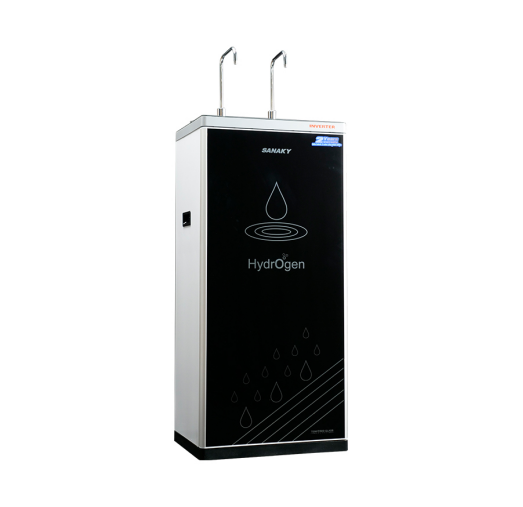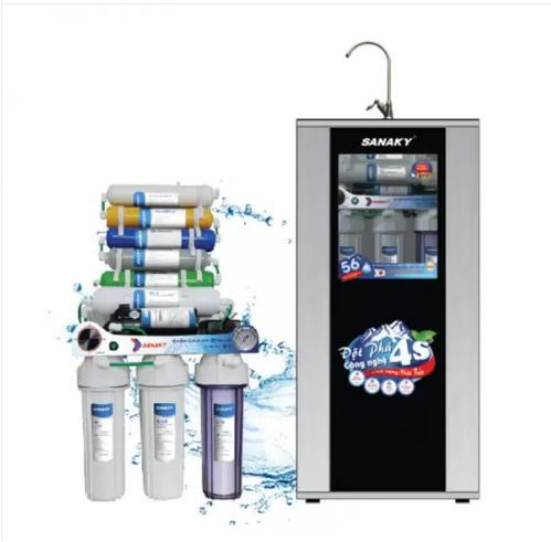Clean water is a fundamental necessity for life, yet millions of people around the globe still lack access to safe drinking water. Contaminated water sources, aging infrastructure, and environmental pollution have made water purification more critical than ever. Enter water purifiers: innovative devices that are transforming how we access clean, safe water in homes, communities, and even remote regions. From advanced filtration technologies to portable designs, water purifiers are not just a luxury they’re becoming a game-changer in public health, sustainability, and daily living. This article dives into the role of water purifiers, their cutting-edge innovations, and how they’re revolutionizing clean water access worldwide.
What Are Water Purifiers and How Do They Work?
A water purifier is a device or system designed to remove impurities, contaminants, and harmful substances from water, making it safe for drinking and other uses. Unlike basic filters that may only trap large particles, water purifiers tackle a broader range of threats, including bacteria, viruses, heavy metals, chemicals, and sediments. They come in various forms, from countertop units and under-sink systems to portable bottles and large-scale community purifiers.ư
The purification process depends on the technology used. Common methods include:
- Reverse Osmosis (RO): Forces water through a semi-permeable membrane to remove dissolved salts and impurities.
- UV Purification: Uses ultraviolet light to kill or deactivate microorganisms like bacteria and viruses.
- Activated Carbon: Adsorbs organic compounds, chlorine, and odors to improve taste and smell.
- Ceramic Filtration: Traps bacteria and sediments through tiny pores in ceramic material.
By combining these technologies, modern water purifiers deliver water that meets or exceeds safety standards, providing peace of mind to users everywhere.

Why Water Purifiers Are More Important Than Ever
The need for water purifiers has surged due to growing challenges in water quality. Urbanization, industrial runoff, and climate change have polluted rivers, lakes, and groundwater, while aging pipes in many cities introduce lead and rust into tap water. According to the World Health Organization (WHO), over 2 billion people lack access to safely managed drinking water, leading to millions of preventable illnesses each year. Water purifiers are stepping in to bridge this gap, offering affordable and effective solutions for households and beyond.
1.Protecting Public Health
Contaminated water is a leading cause of diseases like cholera, dysentery, and typhoid. Water purifiers eliminate pathogens and toxins, reducing the risk of waterborne illnesses and improving overall well-being.
2.Reducing Plastic Waste
Bottled water is often seen as a quick fix for unsafe tap water, but it contributes to plastic pollution. Home water purifiers provide a sustainable alternative, cutting down on single-use plastics and their environmental footprint.
3.Adapting to Climate Challenges
Droughts, floods, and rising sea levels are disrupting water supplies globally. Portable and decentralized water purifiers are helping communities adapt by treating local water sources, even in emergency situations.
Innovations Driving the Water Purifier Revolution
The water purifier industry is evolving rapidly, with new technologies making purification faster, more efficient, and accessible. Here are some of the most exciting advancements:
1.Smart Water Purifiers
Imagine a purifier that alerts you when it’s time to replace a filter or monitors water quality in real time. Smart water purifiers, equipped with IoT (Internet of Things) technology, are hitting the market. Brands like Xiaomi and Kent are integrating mobile apps and sensors, allowing users to track performance and ensure consistent water safety.
2.Nanotechnology
Nano-filters use microscopic pores to remove even the tiniest contaminants, including viruses and microplastics. This technology is lightweight and energy-efficient, making it ideal for portable purifiers and large-scale systems alike.
3.Solar-Powered Purifiers
In off-grid or rural areas, electricity can be scarce. Solar-powered water purifiers harness sunlight to run UV lamps or pumps, providing clean water without relying on traditional power sources. Companies like WaterStep are pioneering these solutions for underserved regions.
4.Compact and Portable Designs
From straw-like purifiers (e.g., LifeStraw) to handheld UV wands, portability is a game-changer. These devices are perfect for travelers, campers, or disaster relief efforts, delivering safe water on the go.
Applications of Water Purifiers Across the Globe
Water purifiers are versatile tools with applications that extend far beyond the kitchen sink. Their widespread use is reshaping how we address water challenges in diverse settings.
1.Household Use
In homes, water purifiers provide a convenient way to ensure tap water is safe for drinking, cooking, and bathing. Popular options like RO systems from Aquaguard or countertop filters from Brita cater to families of all sizes.
2.Rural and Developing Regions
In places like sub-Saharan Africa or rural India, community water purifiers are bringing clean water to villages. Nonprofits and governments are deploying large-scale RO and UV systems, reducing the burden of waterborne diseases.
3.Emergency and Disaster Relief
After natural disasters like hurricanes or earthquakes, water supplies often become contaminated. Portable purifiers, distributed by organizations like UNICEF, offer immediate relief by treating floodwater or stagnant sources.
4.Industrial and Commercial Settings
Restaurants, hotels, and factories use water purifiers to meet strict quality standards for food production, beverages, and equipment maintenance. High-capacity systems ensure consistent, safe water for large-scale operations.

Challenges and Opportunities Ahead
While water purifiers are transformative, they face hurdles that must be overcome to maximize their impact. Cost remains a barrier for low-income households, especially for advanced systems like RO purifiers, which also require regular maintenance. In addition, improper disposal of used filters can contribute to waste if not managed responsibly.
On the flip side, opportunities abound. Governments are offering subsidies for water purifiers in water-scarce regions, while manufacturers are developing affordable, low-maintenance models. The global water purifier market is projected to grow significantly, reaching over $50 billion by 2030, driven by rising awareness and technological advancements.
Conclusion: A Cleaner, Safer Future with Water Purifiers
Water purifiers are more than just appliances—they’re a lifeline to health, sustainability, and resilience. By tackling contamination at its source, they empower individuals and communities to take control of their water quality. From smart systems in urban homes to solar-powered units in remote villages, these devices are revolutionizing how we access clean water worldwide.
As water challenges grow, so does the importance of innovation in purification technology. Whether you’re a homeowner seeking better tap water, a traveler needing a portable solution, or a policymaker addressing public health, water purifiers offer a practical and powerful tool. Investing in water purification today is an investment in a safer, healthier tomorrow—one glass at a time.
----------------------------------------------------------------------------------
SANAKY VIETNAM., CO LTD- Manufacturer of Power, Distribution and Dry-type Transformer as well as RO Water Purifier, Chest Freezer - Upright Cooler, ...
☎ Hotline: (+84) 986 484 544
? hank@sanaky-vn.com
? www.sanaky-vn.com
 Vietnamese
Vietnamese  English
English  Chinese
Chinese  French
French  Spanish
Spanish  Russian
Russian  Arabic
Arabic  Portuguese
Portuguese